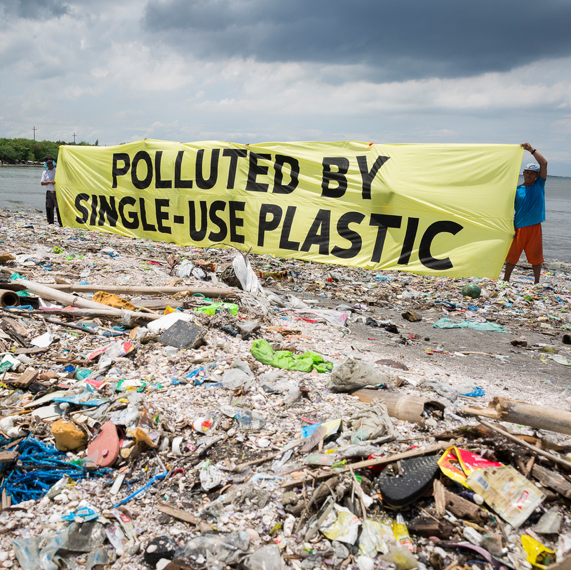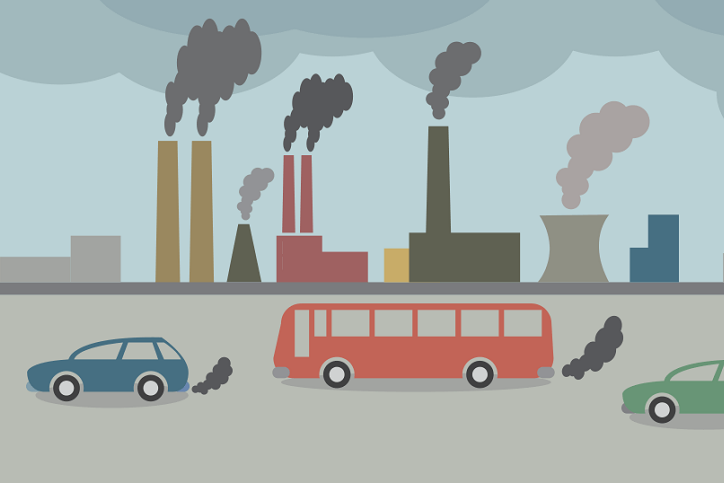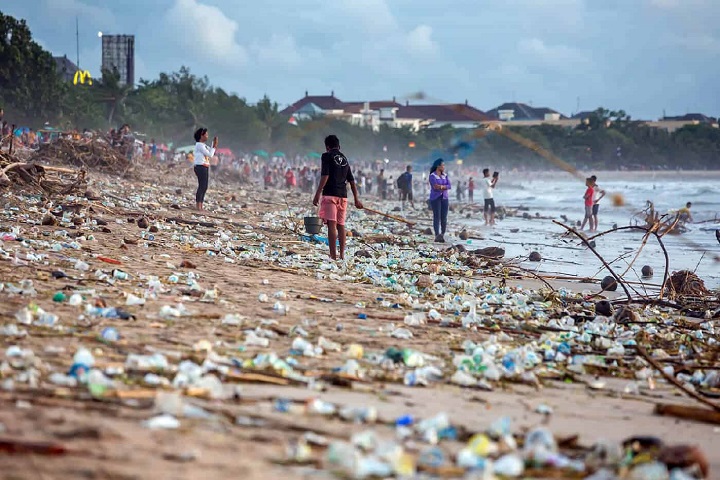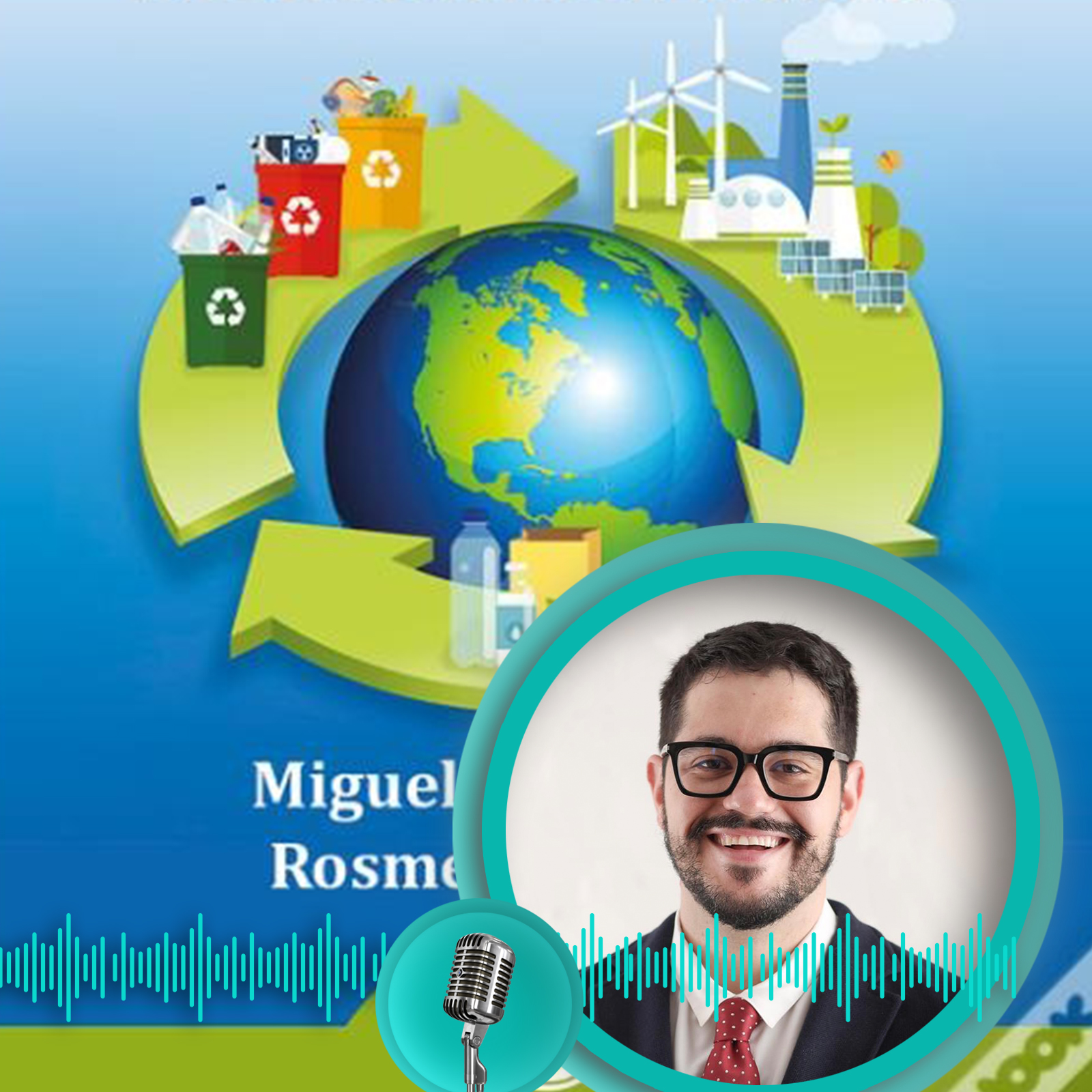The World Day to Combat Desertification and Drought is observed every year to promote public awareness of international efforts to combat desertification.

In 1994, the United Nations General Assembly declared June 17 the "World Day to Combat Desertification and Drought" to highlight the urgent need to curb the desertification process.
The World Day to Combat Desertification and Drought is observed every year to promote public awareness of international efforts to combat desertification. The Day aims to raise awareness that LDN is achievable through problem solving, strong community involvement and co-operation at all levels.
“Let’s grow the future together”
2019WDCD will be celebrated under the theme of 25 years of implementation of the Convention and beyond, focusing on the path the Convention has taken, and the future the Convention could bring. On the occasion of the 25th anniversary of the Convention and the World Day to Combat Desertification in 2019 (#2019WDCD), the United Nations Convention to Combat Desertification (UNCCD) celebrates the 25 years of progress made by countries on sustainable land management.
The anniversary campaign runs under the slogan "Let's grow the future together," supported by the global observance of WDCD and the 25th anniversary of the Convention on 17 June 2019 in Ankara, hosted by the government of Turkey.
What is desertification?
Desertification is defined as a process of land degradation in arid, semi-arid and sub-humid areas due to various factors including climatic variations and human activities. It is caused by a variety of factors including the loss of vegetation, drought, deforestation and the overuse of intensive non-sustainable agricultural practices.
Desertification concerns millions of people. Dry lands occupy some 40–41% of Earth’s surface area and are home to more than 2 billion people. It has been estimated that some 10–20% of dry lands are already degraded. Yet the upside to all this is that desertification is a reversible process.
Causes of desertification
Climate change
So much could be said about the effects of climate change on the health of our lands, as climate change can lead to land degradation for many reasons. As the days get warmer and periods of drought become more frequent, desertification becomes more and more eminent. Unless climate change is slowed down, huge areas of land will become desert; some of those areas may even become uninhabitable as time goes on.
Overgrazing
Overgrazing and desertification have been always closely linked together. Animal grazing is a huge problem for many areas that are starting to become desert biomes. If there are too many animals that are overgrazing in certain spots, it makes it difficult for the plants to grow back, which hurts the biome and makes it lose its former green glory.
Farming
Farming is one of factors that cause desertification all around the world. Farmers are clearing average land, and using it which takes away the richness in the soil. People should let the average land replenish itself before farming.
Deforestation
Deforestation is one of the main human causes of desertification. When people are looking to move into an area, or they need trees in order to make houses and do other tasks, then they are contributing to the problems related to desertification. Without the plants around, the rest of the biome cannot thrive. Forests are being cut down at much larger scale than ever before, to be used as fuel, to provide products we use in our daily life.
The effects of desertification
Soil becomes less usable
Topsoil is crucial for plant growth because it contains most of the organic matter and 50 percent of important nutrients such as phosphorus and potassium. The soil can be blown away by wind or washed away rain. Nutrients in the soil can be removed by wind or water. Salt can build up in the soil which makes it harder for plant growth.
Hunger
The food will become much scarcer without farms in these areas, and the people who live in those local areas will be a lot more likely to try and deal with hunger problems. Animals will also go hungry, which will cause even more of a food shortage.
Causes famine
Desertification is a serious form of land degradation that results in the destruction of natural ecosystems. Places that have war and poverty are most likely to have famine occur. Drought and poor land management contribute to famine.
Flooding
Desertification can cause flooding, without the plant life in an area, flooding is a lot more eminent. Not all deserts are dry; those that are wet could experience a lot of flooding because there is nothing to stop the water from gathering and going all over the place.
Solutions for desertification
Alternative farming
It’s difficult to try and prevent desertification from happening. Alternative livelihoods that are less demanding on local land and natural resource use, such as dryland aquaculture for production of fish, crustaceans and industrial compounds, limit desertification.
Land and water management
Like farming, water management is so important. Sustainable land use can fix issues such as overgrazing, overexploitation of plants, trampling of soils and irrigation practices that cause and worsen desertification.
Education
Education is a very important tool that needs to be utilized in order to help people to understand the best way to use the land that they are farming on. By educating them on sustainable practices, more land will be saved from becoming desert.
There are plenty of sustainable practices that can be applied to those acts that may be causing desertification. By adding these to what we should be doing with land, we can ensure that we don’t turn the entire world into a desert.



















Comment
Reply